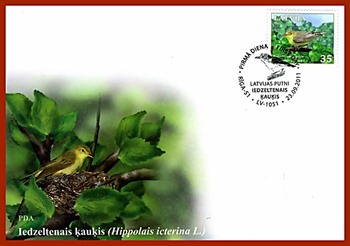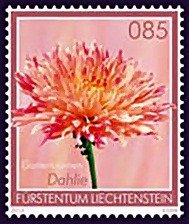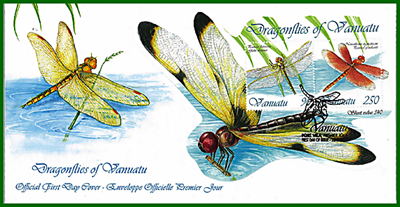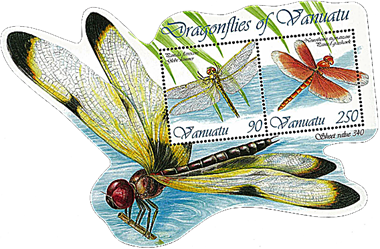
Continuing the previous released, Latvia Post has issued a set of two stamps features the wealth of Latvian Forest on 10 September 2010. The issue depicted species, Rubus idaeus (55) and The birch bolete (120).
Raspberry or Rubus idaeus
Rubus idaeus or occasionally as European Raspberry to distinguish it from other raspberries is a red-fruited species of Rubus native to Europe and northern Asia and commonly cultivated in other temperate regions.
Rubus idaeus is grown primarily for its fruits, but occasionally for its leaves, roots, or other parts. The fruit is an important food crop, though most modern commercial raspberry cultivars derive from hybrids between of Rubus idaeus and Rubus strigosus.The fruit is red, edible, and sweet but tart-flavoured, produced in summer or early autumn
Plants of Rubus idaeus are generally perennials which bear biennial stems from a perennial root system. Its grows vigorously to its full height of 1.5-2.5 m. The flowers are produced in late spring on short racemes on the tips of these side shoots, each flower about 1 cm diameter with five white petals.
As a wild plant, Rubus idaeus typically grows in forests, forming open stands under a tree canopy, and denser stands in clearings. In the south of its range (southern Europe and central Asia), it only occurs at high altitudes in mountains.
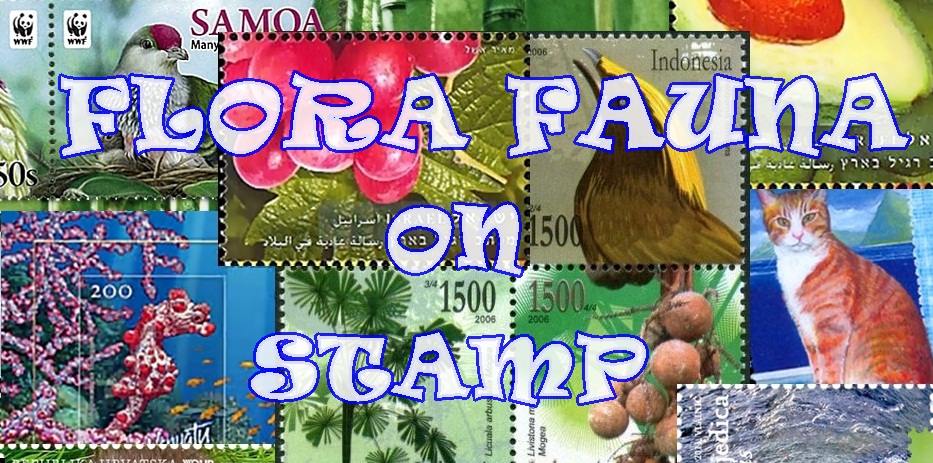





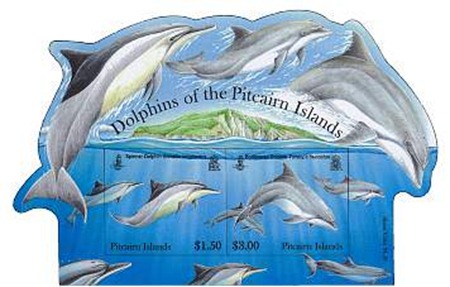


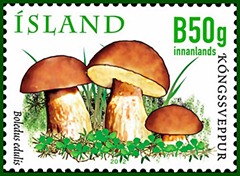





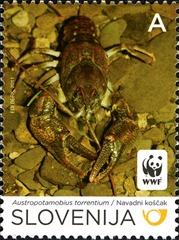






 On March 08, 2012, Switzerland-La Poste pleased to launch a set of three stamps feature vegetable blossoms. The issued stamps depict tomato’s flower, runner bean’s flower, onion’s flower.
On March 08, 2012, Switzerland-La Poste pleased to launch a set of three stamps feature vegetable blossoms. The issued stamps depict tomato’s flower, runner bean’s flower, onion’s flower.
